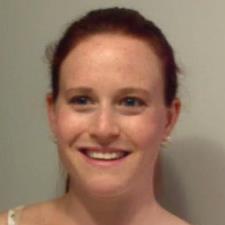
Madaline G.
asked • 05/01/16Need this paragraph summarised or re worded please
The latest Census data confirm the findings of previous informal and formal surveys, which have gone some way towards indicating that these families represent a sizeable minority group. A 2001 Victorian community survey indicated that 21% of those surveyed reported that children were part of the relationship, with a further 41% expressing a desire for children in the future (Victorian Gay and Lesbian Rights Lobby, 2001). A 2005 study found that 19% of respondents had children, and a further 21% were planning to have children (McNair & Thomacos, 2005). The 2006 Australian Census figures indicated that 10% of same-sex families had dependent children living primarily with them. A much greater proportion (88%) of these children lived with lesbian couples, and 18% of lesbian couples had resident children, compared with 2% of male couples (Gorman-Murray, personal communication, 2010). The first decade of the 21st century witnessed the passing of legislation throughout Australia recognising same-sex families. These changes heralded the legal and social sanctioning of family structures falling outside the hetero-normative family unit.
More
1 Expert Answer

Taylor Sona D. answered • 05/07/16
Tutor
New to Wyzant
Licensed English Skills with an in-depth Learning Experience
Solution: What i did is re-wording.
The contemporary Census data affirm the findings of earlier informal and formal surveys, which have long past a way towards indicating that these families signify a colossal minority group. A 2001 Victorian group survey indicated that 21% of those surveyed pronounced that youngsters have been part of the relationship, with a different forty one% expressing a wish for children sooner or later (Victorian homosexual and Lesbian Rights lobby, 2001). A 2005 be trained determined that 19% of respondents had children, and another 21% had been planning to have children (McNair & Thomacos, 2005). The 2006 Australian Census figures indicated that 10% of same-sex households had elegant youngsters residing exceptionally with them. A a lot higher share (88%) of these kids lived with lesbian couples, and 18% of lesbian couples had resident children, when put next with 2% of male couples (Gorman-Murray, individual communique, 2010). The primary decade of the twenty first century witnessed the passing of legislation for the period of Australia recognizing same-sex households. These changes heralded the legal and social sanctioning of household structures falling outside the hetero-normative household unit.
Still looking for help? Get the right answer, fast.
Ask a question for free
Get a free answer to a quick problem.
Most questions answered within 4 hours.
OR
Find an Online Tutor Now
Choose an expert and meet online. No packages or subscriptions, pay only for the time you need.





Richard T.
05/01/16